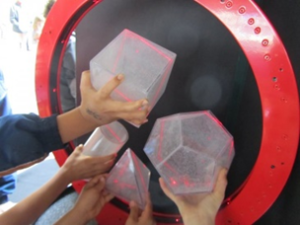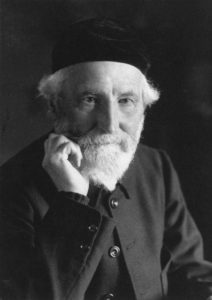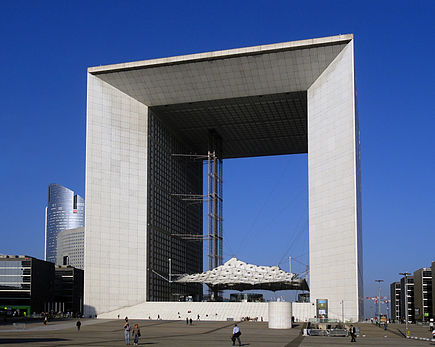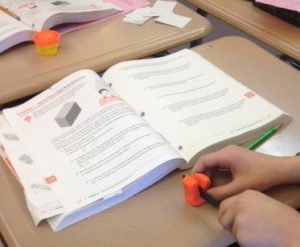Ring of Fire
Place the shapes in the ring of fire to reveal their cross section.

Tasks
|
Which shapes contain a circle? Which shapes contain a triangle? |
|
Can you use the cube to find a hexagon? |
|
Which shape contains the ten-sided decagon? |
|
Maths
The ring of fire takes a slice through 3-dimensional shapes to reveal hidden 2-dimensional shapes. For example, in the cone you will find a circle, an ellipse (a slightly squashed circle), and a parabola (the arc of a ball thrown through the air).
Some shapes contain surprises, for example did you know that the cylinder contains a rectangle, or that a cube contains a hexagon!
If a cube fell into a 2-dimensional world, the people of that world might see a square, a triangle or a hexagon, depending on the angle the cube makes with the 2-dimensional world. In the same way, it might be difficult for you to imagine what a 4-dimensional shape looks like, but different slices will look like different 3-dimensional shapes.
|
History
Cross-sections have been studied since the Ancient Greece. In particular, the Greek mathematicians studied slices of the cones, known as conic sections, in which you can find circles, ellipses and parabolas.
Cross sections was an early way to work out the volume of shape. If two shapes could be compared, so that each slice have the same cross-section, then they would have the same volume.
Flatland is a famous Victorian novella that describes a square living in a 2-dimensional world, who is visited by a sphere. The novel is useful in picturing what shapes look like in different dimensions, such as shapes in four dimensions.
|
People
 Apollonius of Perga 200BC Apollonius of Perga 200BC
Apollonius was a Greek mathematician and astronomer. The mathematicians of ancient Greece studied the cross-sections of a cone (known as conic sections), which culminated in an extensive book by Apollonius on conic sections and their properties. |
Edwin Abbott Abbott 1838 – 1936
 Edwin Abbott Abbott was and author and headmaster of the City of London school. His best-known work is his book Flatland. It is an example of early science-fiction (or mathematics-fiction) about a square living in a 2-dimensional world, and visiting worlds of different dimensions. Edwin Abbott Abbott was and author and headmaster of the City of London school. His best-known work is his book Flatland. It is an example of early science-fiction (or mathematics-fiction) about a square living in a 2-dimensional world, and visiting worlds of different dimensions. |
|
Applications
A lot of ideas in physics, such as Einstein’s theory of relativity, uses 4-dimensional geometry. It is very difficult to picture 4-dimensional geometry, but it helps if you start by thinking how 3-dimensional shapes look in other dimensions.
In architecture, La Grande Arche is a building to the west of Paris. The building was designed to resemble the cross-section of a 4-dimensional cube.

|
Maths at Home
Explore the cross sections of different shapes with these online demonstrations from GeoGebra and Interactive
However, if you want to get more hands-on, why not make the shapes yourself using play-doh. You can then (safely) slice the shapes and discover the cross sections inside.
See if you can you find all the cross sections in this table.
|





